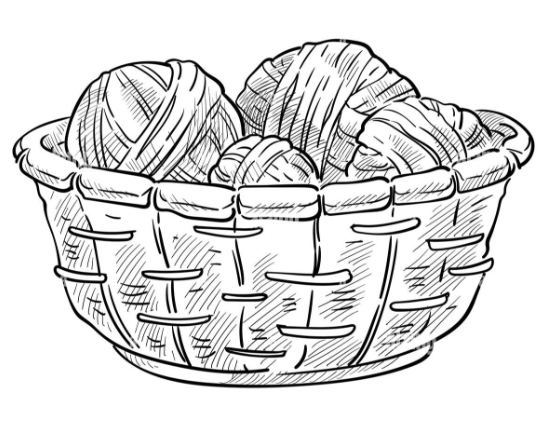Perpetual Options - The Basket Analogy
A perpetual option can be thought of as a basket of European-style options, each of which has the same strike price but different expiration dates.

The perpetual option is a novel type of option that doesn’t expire. It was introduced by Paradigm researcher Dave White in a May 2021 research paper.
Conceptually, it can be thought of as a basket of European-style options, each of which has:
- A direction (call or put — the same for all of the options in the basket)
- A strike price (the same for all of the options in the basket)
- An expiry (not the same for all options in the basket — each option in the basket has a specific expiry)
Example basket:
- Option 1 (call, strike: 10.5, expiry: 1 hour)
- Option 2 (call, strike: 10.5, expiry: 2 hour)
- Option 3 (call, strike: 10.5, expiry: 3 hours)
- …
- Option 10 (call, strike: 10.5, expiry: 10 hours)
The price of a perpetual option is the combined price of all of the options in its basket.
Maintenance of Perpetual Options
So what happens to the above basket in 1 hour from now, when Option 1 expires? Will the basket only have 9 options?
Sit tight. This is where the magic happens.
When Option 1 expires, it’s automatically replaced by a new option.
The new option (Option 11) will be added to the bottom of the basket.
The basket now looks like this:
- Option 1 (call, strike 10.5, expiry: now) — this one just expired and will be removed from the basket
- Option 2 (call, strike 10.5, expiry: 1 hour)
- Option 3 (call, strike 10.5, expiry: 2 hours)
- …
- Option 10 (call, strike 10.5, expiry: 9 hours)
- Option 11 (call, strike 10.5, expiry: 10 hours) — this one has just been added to the basket
Notice that, after the removal of Option 1, and the addition of Option 11, the basket is, compositionally, the same as before. It still has 10 options, and the options have the same expiries and strikes as before.
The removal of Option 1, and addition of Option 11, happens automatically.
In a vanilla scenario (no perpetual options), the trader would have to go out and purchase Option 11 himself. He would have to pay a fee and a spread. This is known as rolling your position.
In the perpetual scenario, Option 11 is added to the basket automatically, without any trades taking place. In other words, the rolling happens automatically.
So what is the practical implication of this?
The practical implication is that the trader can now maintain a basket of options forever, without ever executing any trades, and without paying any fees or spread.
The options in the basket could be intraday (expiries less than 24 hours) for maximum gamma exposure, or they could have longer expiries (for maximum vega exposure).
Costs associated with Perpetual Options
The convenience of having continuous gamma or vega exposure does not come for free.
Every hour, a funding fee is paid by the holder of the perpetual option. This fee represents the costs associated with replacing the now-expiring option with the new option.
To understand why there is a cost, consider the value of Option 1, vs. the value of Option 11:
- Option 1 (call, strike 10.5, expires now) — needs to replaced
- Option 2 (call, strike 10.5, expiry: 1 hour)
- Option 3 (call, strike 10.5, expiry: 2 hours)
- …
- Option 10 (call, strike 10.5, expiry: 9 hours)
- Option 11 (call, strike 10.5, expiry: 10 hours) — has to be added
Option 1 is obviously worthless. It just expired.
Option 11 is not worthless. It has a significant premium attached to it. This premium makes up the funding fee. The holder pays this funding fee to maintain his options basket.
So, apart from being convenient, do perpetual options offer any financial benefit to the holder?
The answer is yes. While the holder still has to pay the options premium for Option 11, he avoids paying a spread and a fee.
Trading fees associated with options trading are often small (percentage-wise). Spreads, on the other hand, tend to be wide. Not having to pay a spread every time, he needs to roll his position, can save the holder a lot of money. Especially, if he is rolling his position every day (as he should, if he wants maximum gamma exposure).
Conclusion
The perpetual option provides you with a basket of similar options (same underlier and strike) that automatically maintains itself (by replacing expiring options with new options).
It offers convenience (the trader doesn’t have to execute any trades), and cost savings (the trader can save money on fees and spreads).
The value of a perpetual option is the value of the options in its basket.
The funding payment represents the cost associated with removing an old and expiring option from the basket, and replacing it with a new and fresh one.
